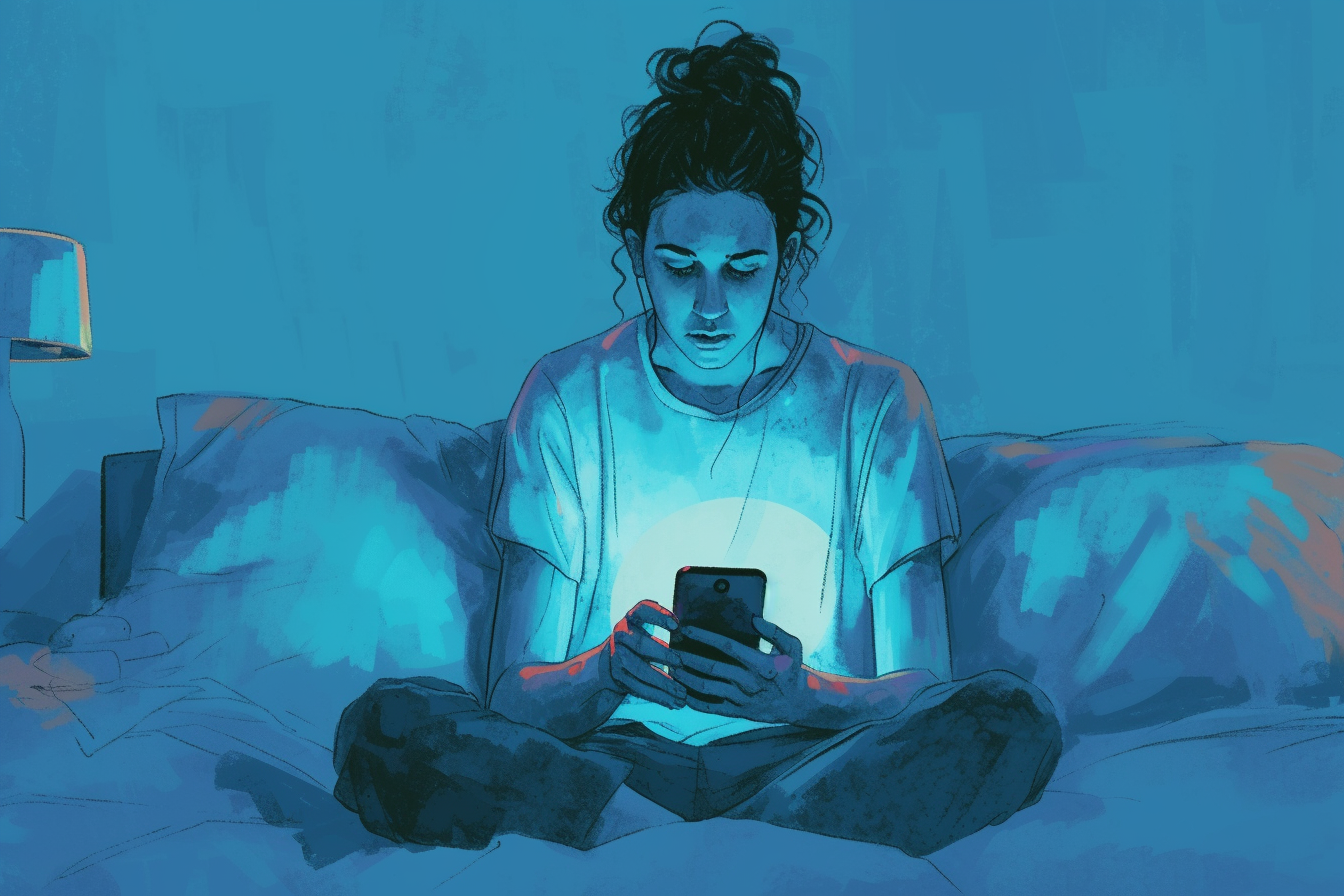
Do you “doomscroll?” You might, and not even know it.
In short, doomscrolling is the latest social media threat we have to worry about. It refers to internet users who watch one scary, disturbing or dark video or post after another, or get caught in an endless loop of stories about people disappearing in national forests or how an asteroid could wipe out life as we know it.
It’s caught the attention of researchers. A study published by the National Institutes of Health found that “doomscrolling appears as a vicious cycle in which users find themselves stuck in a pattern of seeking negative information no matter how bad the news is.”
The mental health experts we consulted all agree that it’s something to be aware of and something that can adversely affect mental health. Courtney Morgan, a licensed professional clinical counselor and founder of Counseling Unconditionally, sees it as an emerging threat to mental health.
“One way it is negative is because it creates anxiety and general unease,” she told ConsumerAffairs. “Humans are exposed to way more information than ever before, and this knowledge often makes the world feel like a very dangerous place.”
Frank Thewes is a therapist and the owner of Path Forward Therapy LLC. He says doomscrolling is a form of entertainment – much like people are drawn to horror movies. But in this case, the content is real – or at least purports to be real.
‘Can make things worse’
“If we already have issues with anxiety and depression, then we are likely to need to moderate the input we absorb,” he told us. “So in this sense, I don’t see doomscrolling causing any mental health issues but I can see it making existing mental health issues worse.”
That may be an important distinction, but the fact is the number of people with existing mental health issues appears to be increasing, especially since the pandemic. Jillian Amodio is a licensed social worker at Waypoint Wellness Center.
She worries that doomscrolling hijacks the brain, encouraging pessimistic or even catastrophic thoughts. It’s a fact, she says, that is not lost on social media programmers.
“Algorithms are designed to keep people coming back for more,” she said. “The more salacious the content and the more emotional the connection, the more clicks it gets.”
‘Addictive component’
If you find yourself constantly doomscrolling from one disaster to another, Page Michael, a registered nurse and social media and marketing expert, urges you to stop, even if it requires you to get professional help.
“There is definitely an addictive component to doomscrolling,” she told us. “Social media and news scrolling in general is ridiculously addictive! But then, add in wild, negative, doomsday-feeling content - it can get someone hooked.”
Dr. Patrice Le Goy, a psychologist and family therapist based in Los Angeles, says there are things doomscrollers can do to break out of the “doom loop.” She suggests creating new boundaries for the use of social media.
“Limit your time spent per scrolling session or put your phone in another room to make the scrolling less automatic,” she said. “Go outside and do activities not related to social media, just to help you gain some real perspective.”
Another step is retraining social media algorithms to provide different kinds of content. For example, if YouTube feeds you a steady diet of doom and gloom, search for and watch a series of puppy videos.
Before long, videos of frolicking pups will show up in your feed, providing a welcome break from all those war, atrocity and end-of-the-world videos.
Photo Credit: Consumer Affairs News Department Images
Posted: 2024-01-26 20:23:14


















